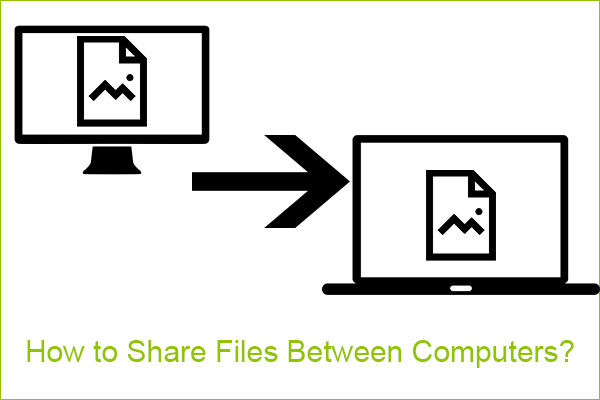What is data fragmentation? To figure out this question, this article on MiniTool Website will present its definition and strategies. And you can learn its challenges and benefits, as well as the way to protect your data from data fragmentation. If you are curious about that, please go on the reading.
What Is Data Fragmentation?
Fragmentation can be categorized into three types – external fragmentation, internal fragmentation, and data fragmentation. This article is mainly about data fragmentation and there is a brief introduction to external fragmentation and internal fragmentation.
It is easy to confuse these two definitions, so what is the main difference between them?
- Internal fragmentation occurs when the process is larger than the memory.
- External fragmentation occurs when there is enough space within the memory to meet the memory demand of a process. That memory is separated into small blocks.
Related post:
What is data fragmentation? Data fragmentation means that your data, broken up into many pieces, is scattered in different locations. That will create huge caches of secondary data that affect storage capabilities.
To make the definition easier to understand, here is an example.
It is known that files in a file system will be managed in units. In this way, the file system needs enough space to store file blocks together contiguously and when files get any changes in size, the free space becomes externally fragmented, leaving some small room for new data.
That new small room will be left for new data with non-contiguous blocks and since the new data blocks are scattered, the read and write speed can be extended, causing slow access.
So, what can cause data fragmentation?
Since data fragments are independent of each other, data silos, usually applied by businesses, can lead to data fragmentation. Data silos mean that a group of data is only accessible to one department but isolated from others. It is easy to keep data fragmented and isolated.
Besides, copied data can be stored in fragmented blocks. It is important to manage the copied data properly or you may create secondary data. This kind of data is inaccurate and always takes up so much storage space.
There are many other examples that can trigger data fragmentation, such as file sharing, test systems, analytics, and archiving.
There are three types of data fragmentation in distributed databases:
1. Horizontal fragmentation
In this process, a table is divided horizontally by assigning each row of a relation to one or more fragments.
2. Vertical fragmentation
In vertical fragmentation, the fields or columns of a table are grouped into fragments.
3. Mixed or Hybrid fragmentation
In mixed fragmentation, both horizontal and vertical fragmentation techniques are used.
How to Address Mass Data Fragmentation?
Since data fragmentation can lower data accuracy and increase data latency, as well as take up storage space, there are some strategies you can apply to cope with mass data fragmentation.
- Clear up duplicates. It is easy to ignore many useless copies created from recovering corrupted or deleted data, so you need to delete those duplicates of information in your servers.
- Manage your cloud usage. People would like to use cloud services to store data and their data can be separated for different purposes, isolating data and making wasted space.
- Organize and map all of your data assets. Combined with the vision of a Data Architect, you can organize your infrastructure into one system and restructure your data storage in the cloud.
How to Protect Your Data from Data Fragmentation?
As we mentioned above, data fragmentation can lead to many bad results, such as mistaken data response and increased risks associated with sensitive data. To cope with data fragmentation, you need to ensure continuous vigilance over all your data.
According to what users reported, the following are some common risks people may face in data fragmentation.
- Inaccessible data
- Higher chances of data loss
- Higher storage costs
- Duplicated work
- Increased security risks
In this way, we highly recommend you back up your data to avoid those challenges. You can use MiniTool ShadowMaker, this free backup software, to perform this backup task. This tool provides you with backup schemes, including incremental, differential, and full backup, and backup schedules.
You can download and install this program to gain a 30-day trial version. Just click this button and initiate the backup journey. Its intuitive interface can guide you to start the process.
MiniTool ShadowMaker TrialClick to Download100%Clean & Safe
Bottom Line:
This article has introduced what data fragmentation is and tells you how to protect your data from data fragmentation. It is admitted that data backup is what we need in avoiding data loss. MiniTool ShadowMaker can be your better assistant in the backup.

